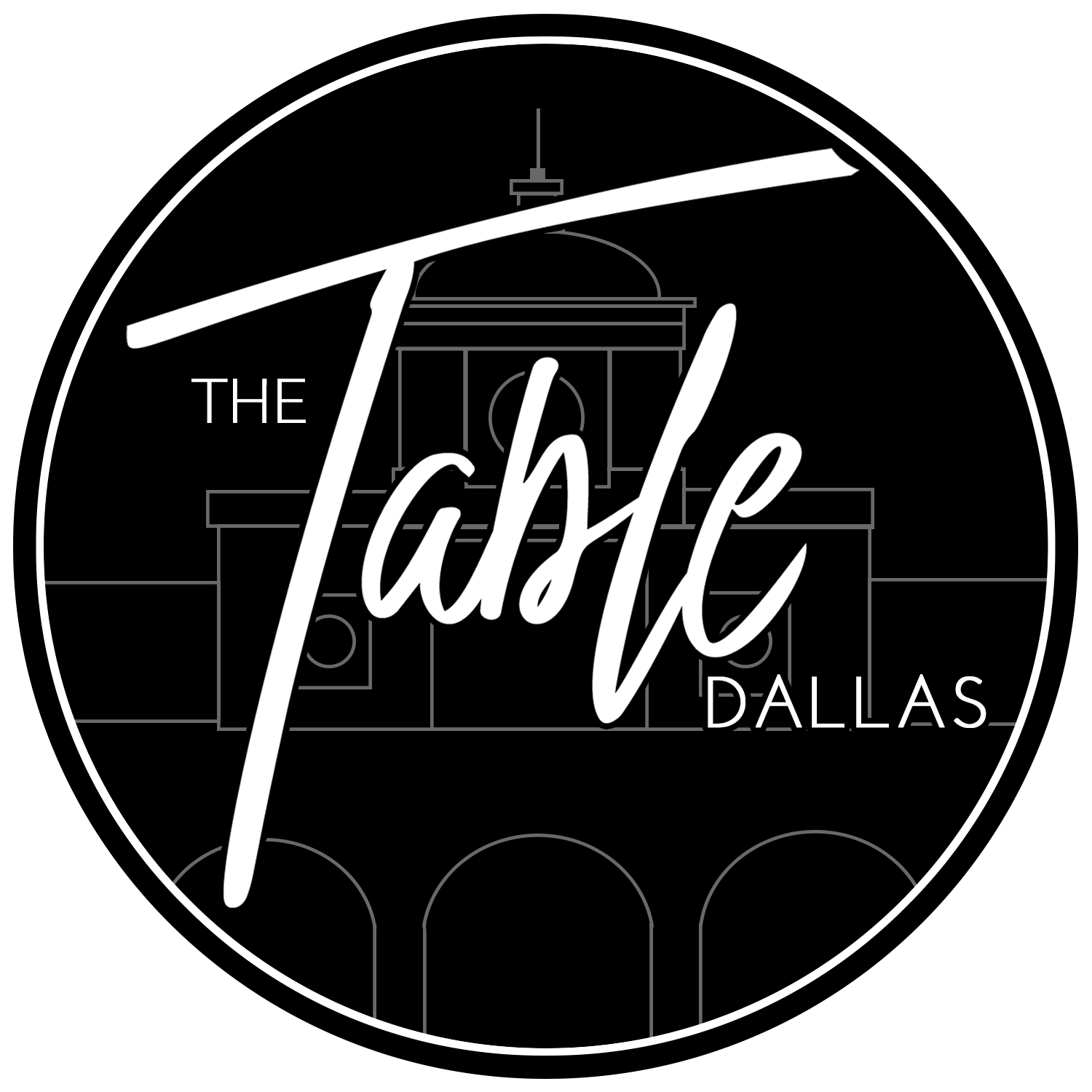We, at The Table, empty a narrative historical approach to Scripture born out of the ancient Hebrew tradition of Midrash. The Ancient Rabbis read the sacred text as questions and then answer the questions with questions that suggest answers with stories of possibilities. Differing interpretations of the text are placed side-by-side with debate and discussion following. Any conclusions were held tenuously because all interpretations were thought to be partly wrong and partly right, which I why many perspectives need to be included so that that something resembling accurate truth could be glimpsed.
Even today, when Rabbis engage the First Testament, you might say they walk into the text. It was by this walking into the text act the Scriptures came alive and exposed their Sacred roots. It is a relational way of reading. Consider this description of the process of a Rabbi walking into the text: “They bring themselves to it and step across the edge of the scroll, jump up onto its body, bouncing a little, believing it will hold their weight. And then on hands and knees, they crawl through the furrows of words, examining, brushing away dirt, not like an archeologist hoping to unearth some dead, hardened thing but like a botanist examining growth patterns and evidence of the soil’s mineral content, water content or whether there is deep clay. And then they look for the cracks in the soil from which the word emerged. It is the cracks, the gaps that will allow them a way in.” That is definitely not how I was taught to read the text. I was taught to search for answers; to determine the calculable, defendable, incontrovertible truth. To the Rabbis it is not a book of monolithic answers it is a porous book of brilliant questions.
How would we be changed if we began to see the Bible less as a book of answers but as a book of the best questions there are about what it means to be created in the Image of God and what right relationship with God, each other and the world around us looks like?
